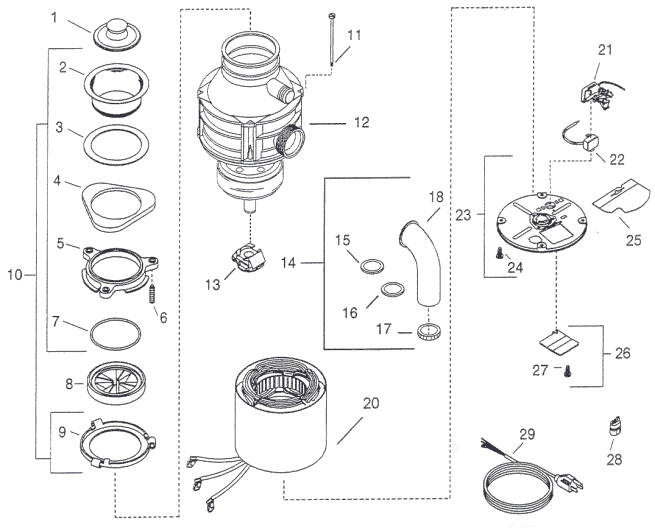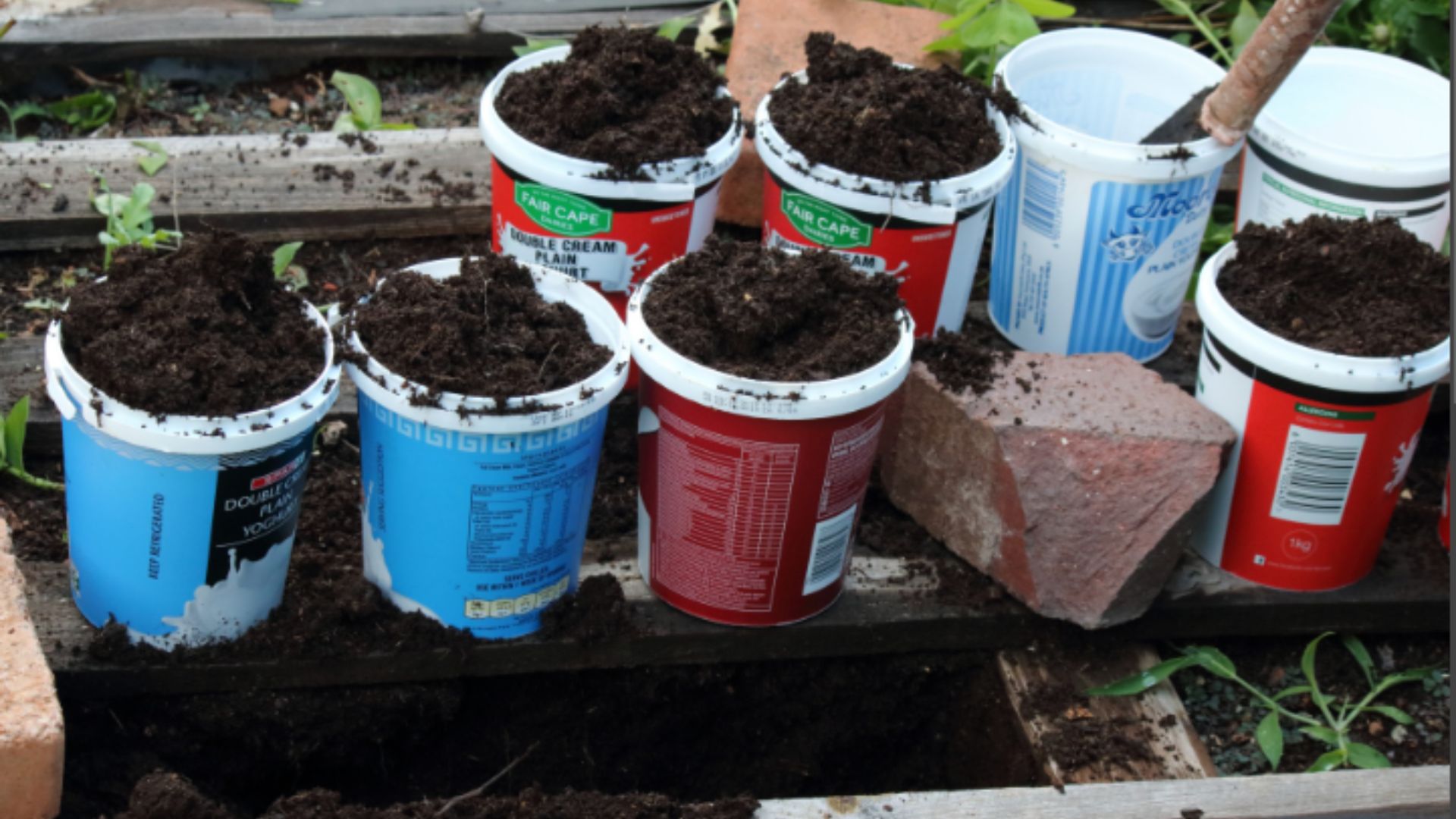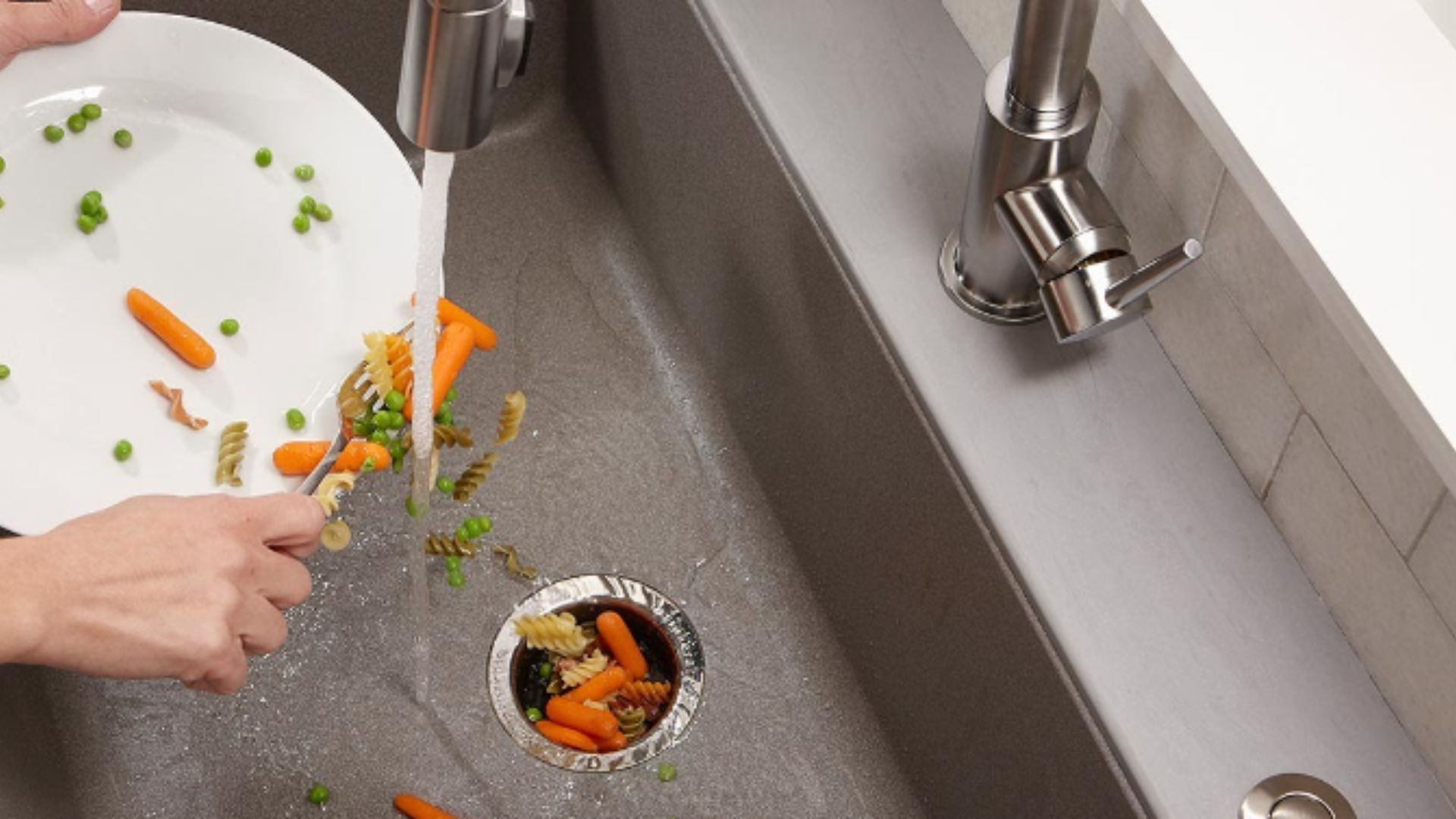The garbage disposal is one of the appliances that are overused in the house. However, not many people know anything about it aside from its usage. For that reason, even when it has minor damage, we want to call the plumber to come and repair it.
Well, since we use it so many times in a day, we need to learn a thing or two about them. The one crucial thing to learn is its parts. It will help you understand how it works and what to do when repairing it.
Vital Parts of a Garbage Disposal
Understanding The Different Parts Of The Disposal Units
The garbage disposal is often installed under the sink to chew the food waste then send it to the drainage. It’s a cylindrical appliance that when you look through the sink drain is hollow. It’s electrically powered and it runs when you switch it on.
Splash Guard
Splash guard
Not all disposal units have the splashguard but the continuous feed ones. It uses that feature to stop the splashing of the waste or water back to the sink as it continuously grinds. Remember it can grind the waste whether you have the cover on or not.
They are the rubber flaps that are on the sides of the sink.
The Stopper
This part of the disposal unit is visible through the sink. It’s the passage into the garbage disposal. It touches the food fast then lets it into the disposer to help in disposing of the waste. Note that is has a movement that opens and closes to let the food waste into the disposer.
The Sink Flange
sink flange
Let’s start from the fact that it’s circular. You will also have it attached to the stopper and the hopper. Its work is to support the disposer, and it’s the one that connects the disposer to the underside of the kitchen sink.
So, it screws onto the sink drain and then it holds the garbage disposal mounting bracket. You use three screws to mount the disposer to the sink flange. Often when you realize a leakage is coming from the top part of the garbage disposal, it’s usually coming from the sink flange.
You must also release the disposer from the sink flange when you need to replace or repair it. The sink flange is thus a vital part of the disposer.
Mounting Ring
Mounting ring
This is best known as the mounting bracket. The essence of this part is to attach the disposal to the sink flange. When you mount it accurately, you won’t have leakages, and it will operate flawlessly.
The Hopper
The hollow cylinder where you have the motor and shredders is also called the hopper. It’s like the house of the disposal unit. You will see it when you look under the sink and into the cabinet. The hopper is where it deposits food for grinding.
It has two parts the upper chamber and the lower chamber. The food first goes into the upper hopper, which then pushes the food onto the shredders. It does all these with the help of the running water.
The lower hopper, on the other hand, is the powerhouse. It’s the part that has the motor. It will then connect to the waste line. The disposal unit will grind the food waste at the upper chamber, then move it through a section to the lower hopper. The lower hopper then lets it out.
The clamping ring is where the hopper ends, and it’s also the part that attaches the hopper to the stopper of the garbage disposal.
The Internal Parts Of The Disposer
Flywheel, Shredders, And Impellers
These three parts work together; in fact, one can’t function without the other. They are the parts that grind the food waste.
The shredder ring is between the lower and upper hopper chambers. It’s actually at the center of the disposal unit. It is just after the clamping ring. The shredder ring is a stationery metal that has grooves and teeth.
The essence of the groves is to help in grinding and shredding the food waste on the flywheels. Until the food waste is tiny enough, it can never go past the shredder ring sides.
The flywheel has two impellers on the sides of the wheels. When the motor is insulated, the flywheels starts to turn, and the grinding process begins. So, the flywheel gets a hold of the food and takes it to the rotating impellers.
The impellers are what most people call the bladed of the disposal. When you have the motor on, the flywheel rotates and so do the impellers to grind the waste. It does that, and when the food particles become so tiny, it pushes it to the shredder ring holes for passage.
Motor
This is the powerhouse of the garbage disposal without which the disposal unit doesn’t work. When the garbage disposal is on, it begins to turn the flywheels and impellers at a set speed per minute.
It only depends on how powerful the motor is for you to know how much waste it can grind.
The Connections
The connections of Garbage Disposal
Dishwasher Connection
Most houses have dishwashers. The garbage disposal gives you the link into the disposal unit for grinding of the waste. So, if you look on the side of the disposer you will find the dishwasher inlet. This is where you connect the dishwasher pipe.
Waste Line Connecter
The waste line connector lets out food waste from the garbage disposal to the sewer. You will find it in the lower chamber. Once you grind the food waste, it goes through the shredder rinds and into the waste connector.
The essence of this connector is to flash out the waste to the drain pipes and sewers.
The Downside Of The Disposer
This part will help you when you need the disposer to work, and it has just jammed or stopped working.
The Reset Button
Sometimes the disposer will jam and clog due to different reasons. At such times you can’t restart it by switching it on instead by pressing in the reset button on the garbage disposal. It restarts the motor manually.
Flywheel Turning Hole
Another way to start it or find and loosen an obstruction using the hex wrench on the flywheel hole. When you insert the Allen wrench here, you should turn it around with ease and if there’s an obstruction the wrench will help you to loosen it.
It manually turns the wheels and helps it to restart again when there’s a jam.
Electrical Cover Plate
Inside the cover plate, you have all the necessary wires to run the disposer. It’s from this part that you power the disposer using through the power supply cord.



